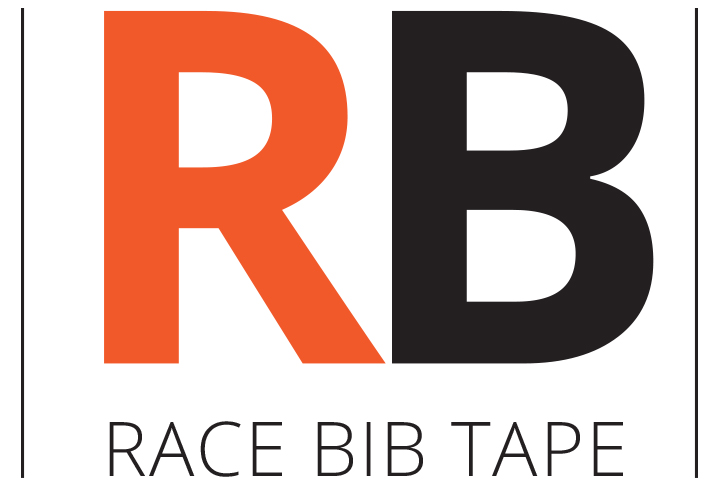It can be pretty hard to get outside for a run during winter months. So when you do, you want to be sure you don’t ruin it by being unprepared and getting hurt. Bad weather, slick roads and darker skies can make it much harder to get through a run in peace. Make sure you’re following these tips to keep yourself safe. They may seem to be common sense, but you’ll be surprised how little you may think of these things while getting ready for your run if you don’t remind yourself of them.
Know the weather
Don’t just check the weather for when you’re leaving. Know how long you’ll be out and how the conditions could change. There are few things that will stop you from going on another winter run faster than remembering when you got caught in that storm without a warm or waterproof jacket. Bring layers and be prepared.
Wear correct footwear
Know the surfaces you’ll be running on and how they’re taken care of. You may need to invest in some clip-on traction for the bottom of your shoes to be sure you can stay upright on your run if there’s ice or snow. Honestly, this is the most non-negotiable area for us. If there’s not an outdoor area that you have correct footwear for, stay inside. Find a treadmill or do some cross-training until you have the correct equipment or your area has been cleaned up.
Be visible
During daylight hours, you may not think enough about your visibility. Make sure your outfit contrasts the environment and is as reflective as possible. For example, we’re based in Utah, so when everything is covered in snow and snow is still coming down, it’s often easiest to see people in darker colors with reflective gear in multiple places. It’s amazing how many runners we almost don’t notice on a daily basis during the winter because they don’t realize how camouflaged they are with their environment. Make sure you’re not one of them!
If you’re bothered by reflective gear that doesn’t stay in place while you run, use a couple pieces of Race Bib Tape to keep it in place during your run and easily remove it afterward.
Pay attention to air quality
The air can be pretty rough on your lungs in the winter. If you live in an area with bad air quality, it can often get worse in the winter months. Do your research and find up-to-date information about the air quality in your area. Many areas discourage exercising outside when the air is in a certain state, so be sure you know and follow the recommendations. Regardless of the air quality in your area, the most important step to protecting yourself is to know yourself. Whether or not you have any breathing problems, you can run into problems if it’s too cold outside. Know your limits and don’t try to push them.
How do you keep yourself safe on winter runs? Let us know on our Facebook page!












